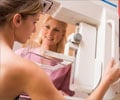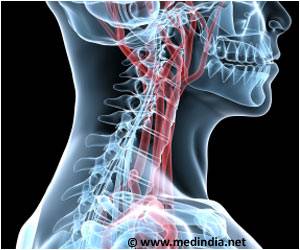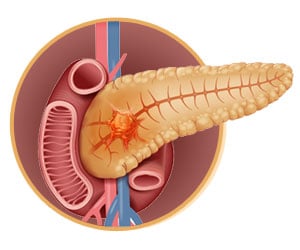The landmark, 664-patient pivotal trial evaluating the MarginProbe System met its primary endpoints, Dune Medical Devices, Inc. has announced.

Results showed that, when using MarginProbe in addition to standard of care techniques, there was greater than a three-fold increase in surgeons' ability to identify and immediately resect all positive lumpectomy margins, compared to standard of care techniques alone.
This improvement led to a 57 percent reduction in patients who were candidates for re-excision (additional surgery) due to positive margins left un-resected on the lumpectomy specimen.
A successful lumpectomy requires cancer-free margins at the edges of excised tissue. However, intraoperative methods currently available to surgeons are limited in their ability to identify microscopically positive margins.
Because of this, patients frequently require re-excision when positive margins are found during pathological examination, normally occurring 2-4 days following lumpectomy. Re-excision rates for positive margins are reported as high as 30 percent.
Patients participating in the international, multi-centre, controlled trial underwent lumpectomy surgery and were randomised in the operating room to receive either the standard of care (control group), or the standard of care plus MarginProbe (device group).
Advertisement
A primary endpoint of the study was Complete Surgical Resection (CSR), which measured the surgeons' ability to identify and resect all positive margins when present.
For the device group, the rate of successful CSR was 72 percent, compared to 22 percent in the control group (P gr 0.0001).
Patients who did not achieve successful CSR were considered candidates for re-excision procedures, 42 in the device group compared to 98 in the control group (57 percent reduction, P gr 0.0001).
Of these candidates, 30 patients in the device group and 62 patients in the control group had a re-excision.
"The results of the study are very encouraging," International Principal Investigator Lorraine Tafra, MD, FACS, Medical Director of Anne Arundel Breast Center, Annapolis, MD, said.
"The ability to accurately identify cancer immediately in the operating room, and have a marked impact on the number of patients who return from surgery with clear margins, suggests that the MarginProbe System has the potential to significantly improve traditional breast cancer surgery outcomes," she said.
Readmissions for re-excision to obtain clear margins have been shown to increase cost and emotional distress for patients, as well as have the potential for more scarring and deformation at the surgical site.
"Despite best efforts, achieving microscopically-clear surgical margins in the operating room has been a persistent challenge," Dune Medical CEO, Bill Densel said.
"We are extremely pleased with the positive outcome of the study. These results confirm that our breakthrough technology can benefit patients by providing physicians with the ability to detect cancerous tissues during procedures and immediately react," he stated.
664 women aged 18 years and older, histologically diagnosed with carcinoma of the breast, with non-palpable malignant lesions requiring image guided localization, and undergoing lumpectomy surgery at one of 21 sites in the US and Israel, were enrolled in the study.
Of these women, 596 were randomised in the operating room to one of two evenly distributed groups, either device or control. In the device group, the MarginProbe System was used in addition to standard of care methods to measure each margin of the excised lumpectomy specimen.
If the device registered a positive reading, additional tissue was immediately resected from the breast cavity corresponding to the positive margin.
All tissue, in both groups, underwent intraoperative specimen imaging before being sent to routine pathology per standard of care.
A primary endpoint of the study was Complete Surgical Resection (CSR), the rate of patients with one or more positive margins ( 1mm) on the lumpectomy specimen, as determined by histology, in whom all positive margins were identified and immediately resected.
In the device arm, the rate of CSR was 72 percent (N=117/163) compared to 22 percent (N=33/147) in the control group (P 0.0001).
Total tissue volume excised across all surgeries in both groups was similar, with an average of 93cc removed in the device group compared to 85cc removed in the control group.
No safety concerns were noted in the study. Events were similar across both study groups.
Source-ANI














